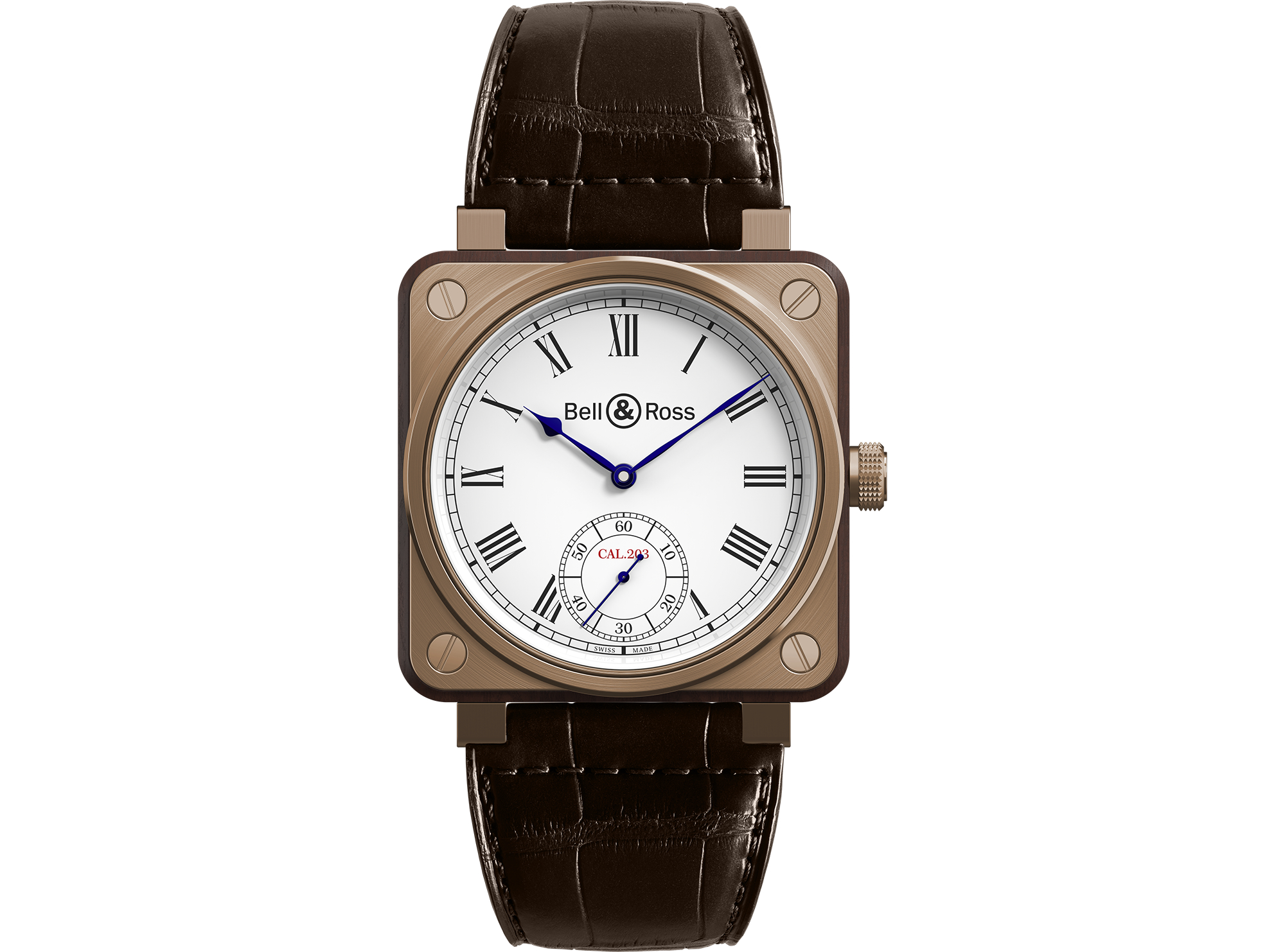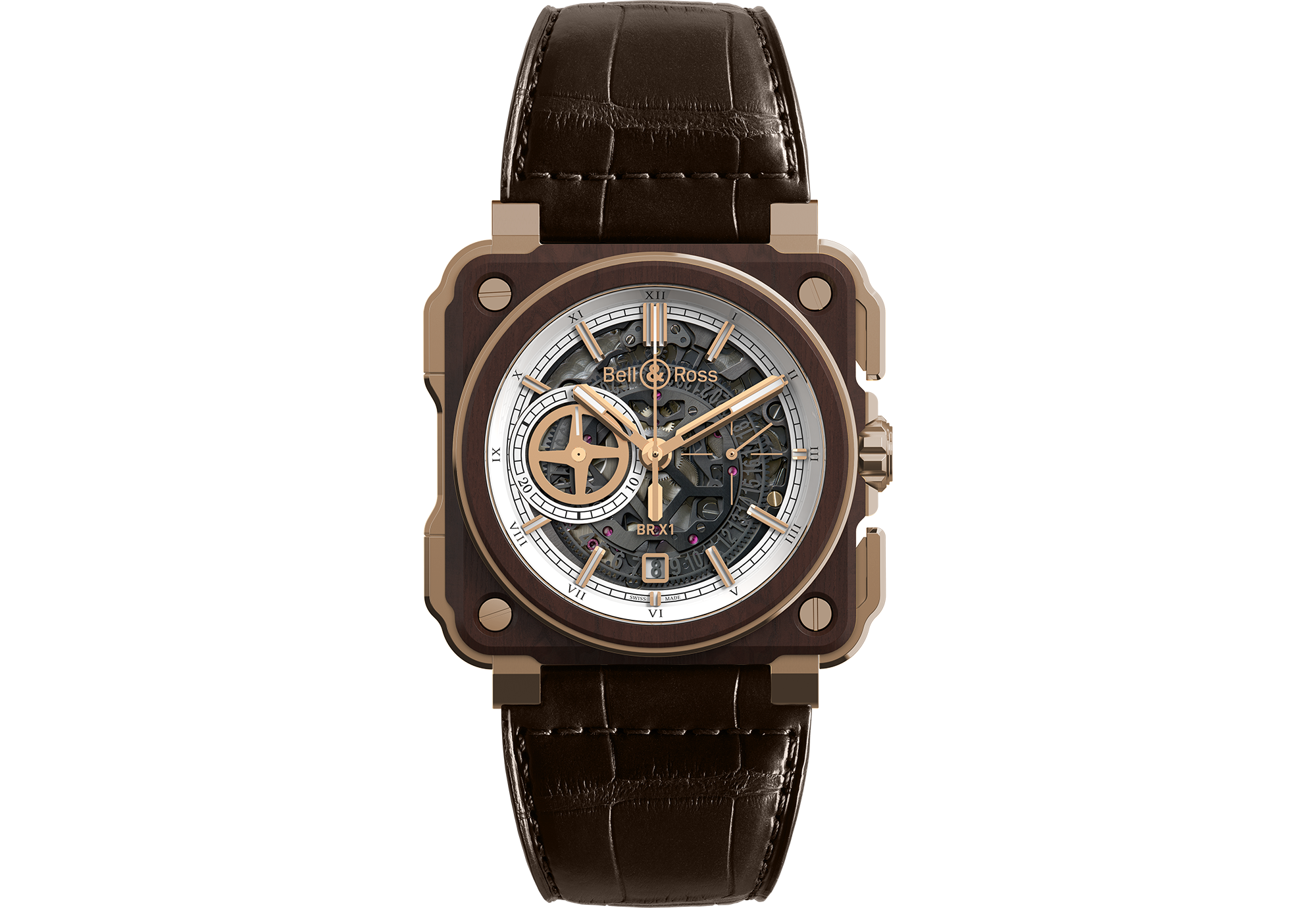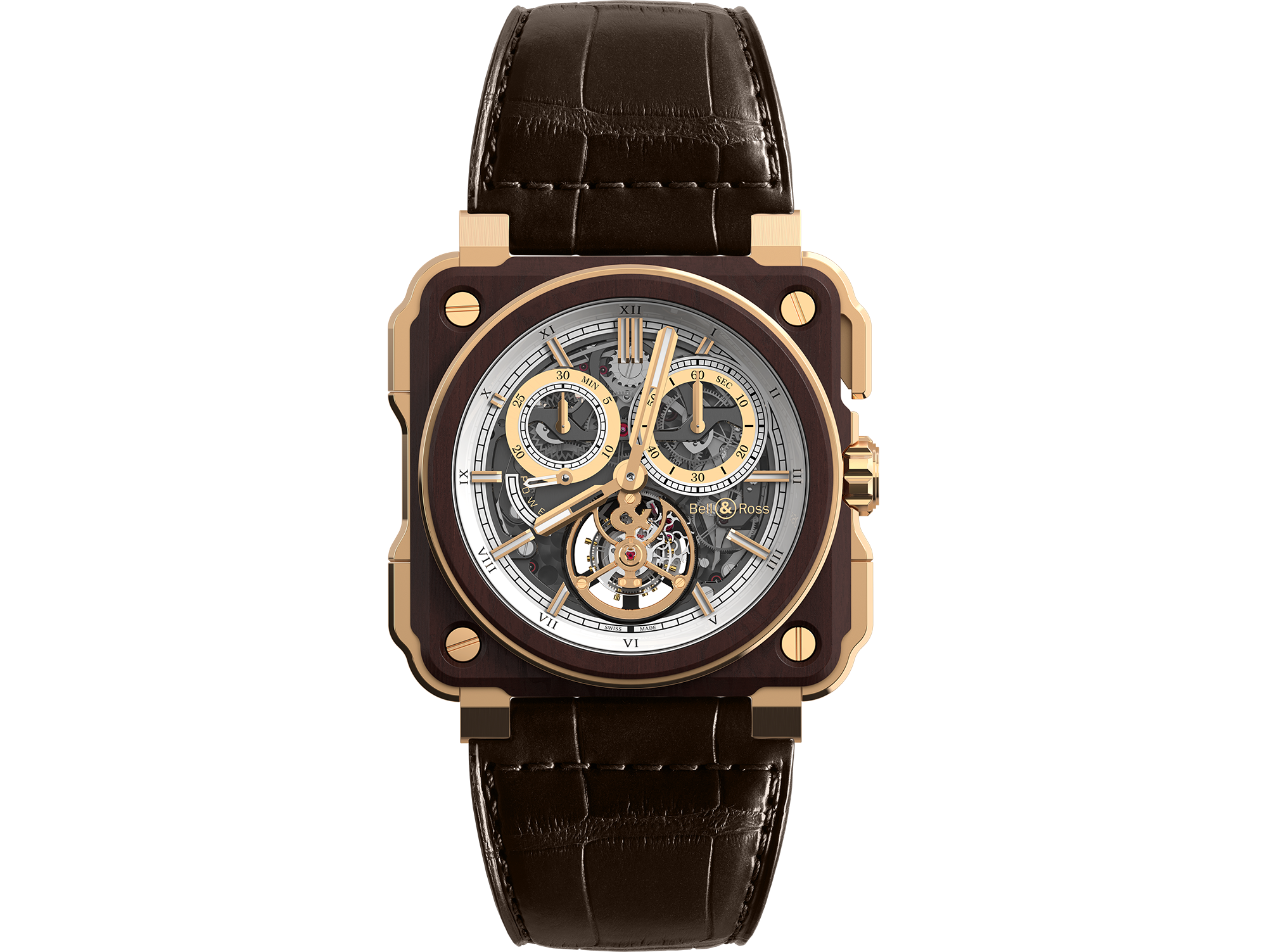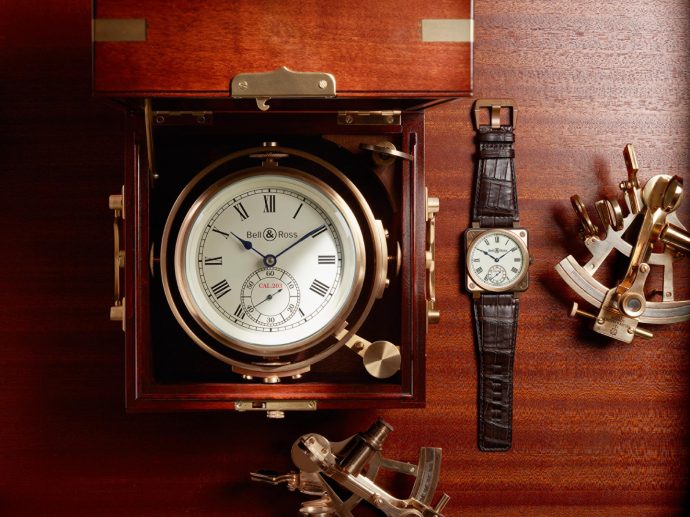Categories more
- Adventures (17)
- Arts / Collectables (15)
- Automotive (37)
- Aviation (11)
- Bath, Body, & Health (77)
- Children (6)
- Cigars / Spirits (32)
- Cuisine (16)
- Design/Architecture (22)
- Electronics (13)
- Entertainment (4)
- Event Planning (5)
- Fashion (46)
- Finance (9)
- Gifts / Misc (6)
- Home Decor (45)
- Jewelry (41)
- Pets (3)
- Philanthropy (1)
- Real Estate (16)
- Services (23)
- Sports / Golf (14)
- Vacation / Travel (60)
- Watches / Pens (15)
- Wines / Vines (24)
- Yachting / Boating (17)
Published
11/16/2016 by Bell & RossAviation is a passion at Bell & Ross, and reinterpreting on-board instruments, its guiding force. The iconic BR 01 watch took its inspiration from the clock in an aircraft cockpit. With its latest collection of Marine Instruments, the watchmaking firm is temporarily leaving runways, radars and fighter planes.
The constant quest for new universes and new lands to explore, has lead Bell & Ross to pay tribute to world this series of three watches. The first marine instruments appeared in the 17th century with the purpose of guiding the vessels that had started to cross the seas and oceans at this time. The timepieces designed for shipboard use, which were key to naval history, have inspired this collection. These three new watches offer a contemporary reinterpretation of those evocative tools that link together tradition and modernity, past and present.
The new Marine Instrument collection takes the essence of the legendary 18th century clock invented by John Harrison and scales it down to watch size. At that time, ship’s clocks were housed inside square wooden cases. However, the display was round, just like the majority of modern watches: a circle within a square. In the design of these new watches, Bell & Ross combines contemporary and retro touches, and the materials play a very important role:
INDIAN ROSEWOOD: This wood harks back to the hull and masts of the vessels and to the cases used to house the ship’s instruments at the time. Indian rosewood is a rare timber, of a warm pinkish red in color, with an elegant texture and very fine grain. It does, however, offer very high compressive strength. Working it requires a very meticulous approach. Firstly, it is shaved into very fine sheets, which are pressed, machined and then varnished.
BRONZE: The cases of the BR 01 Marine and BX1 Skeleton Chronograph are adorned with bronze, an alloy that brings to mind the brass used for the surrounds on the original ship’s clocks. When it comes into contact with air and moisture, this material takes on a brown or greyish-green patina. With no two-oxidation processes alike, these watches are transformed into unique pieces.
ROSE GOLD: This material is used for the BX1 Tourbillon Chronograph case. Rare and noble, gold is the perfect choice for such an exceptional model. Its warm color also pairs beautifully with the Indian rosewood.
GRADE 5 TITANIUM: The watchmaker has chosen modern, lightweight and resilient Grade 5 titanium for the central container section.

A faithful rendering of a ship’s clock as a wristwatch, this model is similar to the iconic BR 01 in its execution. The BR 01 Marine Instrument has a stylish, subtly retro design. This watch has a case, bezel and winding crown made from bronze. Only the case-back features more contemporary titanium. In a final touch, an elegant band of rosewood encircles the dial of the watch.
The dial pairs white lacquer, Roman numerals and fine blued steel hands, in tribute to the aesthetic of these 18th century instruments. The small seconds dial, with its delicate graphic layout, sits at 6 o’clock.
The mechanism selected is a hand-wound movement, as would have been used in this era. It has a central hour and minute display, with the seconds at 6 o’clock. Finally, the power reserve, which, at 56 hours, is much greater than usual, is a tribute to long ocean crossings.

Bold and stylish, this chronograph is equipped with an automatic skeleton movement. This ultra-sophisticated mechanism can be admired through the sapphire crystal dial, which has a slight grey tint like the sea on a stormy day. It is paired with a minute track featuring Roman numerals and gilt applique indices, covered in SuperLuminova. The skeleton theme is continued with the gilt hands. The sophisticated case is a symphony of titanium, rosewood and bronze. It encloses the bezel, push-pieces, crown and crown protector.
The automatic caliber provides a chronograph function, small seconds at 3 o’clock and skeleton date at 6 o’clock. The chronograph minute timer sits at 9 o’clock. Stripped of hands, it takes the form of an aluminum disc with a design clearly evoking a ship’s propeller.

The most exclusive version, this Haute Horlogerie model houses an exceptional hand wound mechanism. The Tourbillon made its first appearance in 1801, and is considered the ultimate complication by watch enthusiasts. This system is designed to compensate for the effects of the earth’s gravitational pull when the watch is in the vertical position. The goal is even greater accuracy.
This prestigious version is housed in an 18-carat rose gold and wood case. In classic fashion, the central hands on the dial indicate the hours and minutes. Two gilt metal counter discs sit at 2 and 10 o’clock. The first is the 60-second chronograph counter, equipped with a 6 impulse per second sweeping hand. The second is the 30-minute chronograph counter, with its semi-instantaneous jumping hand. The gilt tourbillon cage sits proudly at 6 o’clock.
The skeleton work on the upper bridges allows a view of the exceptional chronograph movement that is triggered using the mono-pusher at 2 o’clock. A sophisticated hand-wound mechanism, the «flying» tourbillon has 282 minuscule constituent parts, and sits inside a delicate suspended cage. Unusually, it is fitted on the main plate without an upper bridge. This means it appears to float.
This incredibly complex movement benefits from a colossal 100-hour power reserve, equivalent to 4 days, indicated by a hand (like a petrol gauge) set at 9 o’clock. The brand’s signature, the iconic «&», marks the seconds on the tourbillon cage. To develop a mechanism as complex as this, Bell & Ross engineers joined forces with Swiss master watchmakers.















